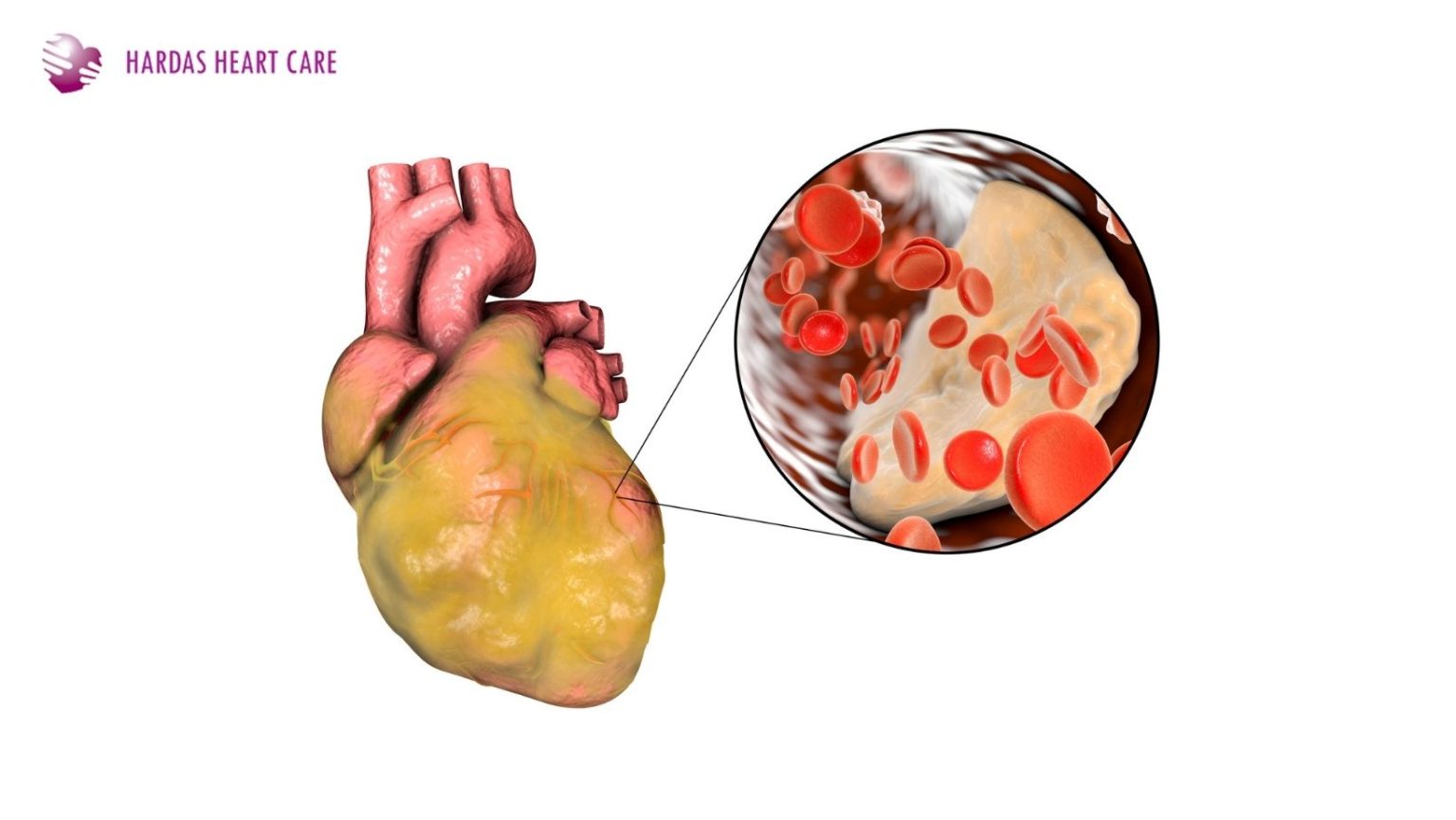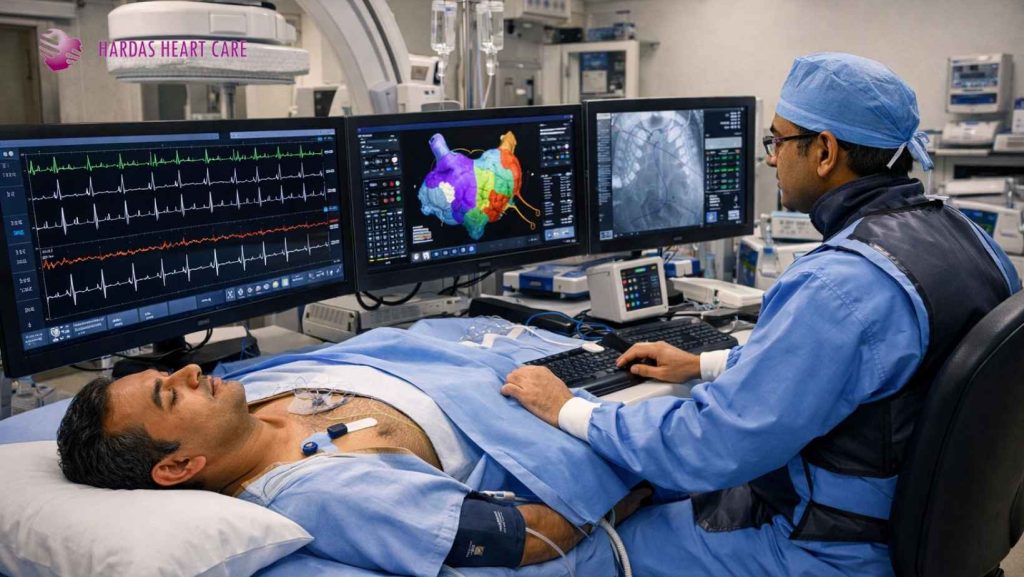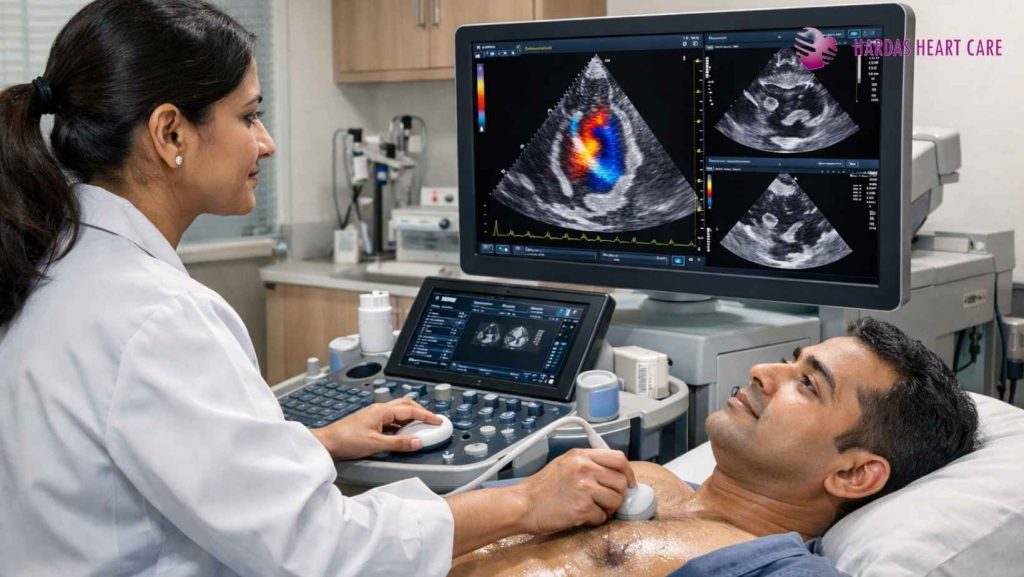Coronary artery disease, also called coronary heart disease, or simply, heart disease, is the No. 1 killer in many countries. Despite growing awareness, many people still miss the early signs or misunderstand the seriousness of this condition.
To help patients and caregivers better understand this silent yet dangerous disease, Dr. Suhas Hardas, an experienced and highly respected cardiologist in Pune, breaks down the causes, development, and symptoms of coronary artery disease in simple terms.
What Is Coronary Artery Disease?
Heart disease is a result of plaque buildup in your coronary arteries — a condition called atherosclerosis — that leads to blockages. The arteries become narrow and rigid, restricting blood flow to the heart. The heart becomes starved of oxygen and vital nutrients it needs to pump properly.
Dr. Suhas Hardas explains:
“Imagine your heart is a hardworking engine. When the fuel line (your arteries) is clogged with cholesterol and plaque, the engine doesn’t get enough fuel. Over time, this leads to fatigue, poor performance, and, in severe cases, complete breakdown.”
How Does Coronary Artery Disease Develop?
From a young age, cholesterol-laden plaque can start to deposit in the blood vessel walls. As you get older, the plaque burden builds up, inflaming the blood vessel walls and increasing the risk of blood clots and heart attack.
Eventually, a narrowed coronary artery may develop new blood vessels that try to go around the blockage to supply blood to the heart. However, during times of stress or exertion, these new vessels may not be enough to meet the heart’s oxygen demand.
In some cases, a blood clot may completely block the blood supply to the heart muscle, causing a heart attack. Similarly, if a blood vessel to the brain is blocked by a clot, it can lead to an ischemic stroke. If a vessel bursts due to uncontrolled high blood pressure, it may cause a hemorrhagic stroke.
Dr. Suhas Hardas emphasizes:
“This process happens silently over years. People often assume they’re healthy until a sudden chest pain or blackout occurs. Prevention and early diagnosis are key.”
What Is Ischemia?
Cardiac ischemia occurs when plaque and fatty matter narrow the inside of an artery to the point where it can’t deliver enough oxygen-rich blood to the heart.
This condition can cause a heart attack, sometimes even without any obvious symptoms.
Ischemia is most commonly triggered during:
- Exercise or exertion
- Eating
- Excitement or stress
- Exposure to cold
As coronary artery disease progresses, ischemia can occur even at rest. Alarmingly, it can also happen without any warning signs, especially in people with diabetes.
Dr. Suhas Hardas advises:
“If you feel breathless or unusually tired even during mild activity or after meals, don’t ignore it. These are signs your heart is under stress — even if you don’t feel classic chest pain.”
What Are the Symptoms of Coronary Artery Disease?
The most common symptom of coronary artery disease is angina, or chest pain. Angina may feel like:
- Heaviness
- Pressure
- Aching
- Burning
- Numbness
- Fullness
- Squeezing
- A sharp or dull pain
It’s often mistaken for indigestion or heartburn, which can delay treatment. Angina is usually felt in the chest, but may also radiate to the left shoulder, arms, neck, back, or jaw.
Other symptoms that can occur with coronary artery disease include:
- Shortness of breath
- Weakness or dizziness
- Nausea
- Sweating
Dr. Suhas Hardas reminds his patients:
“Never assume chest discomfort is due to acidity or gas — especially if it happens repeatedly. If symptoms occur during exertion or emotional stress and improve with rest, it’s time to see a cardiologist.”



